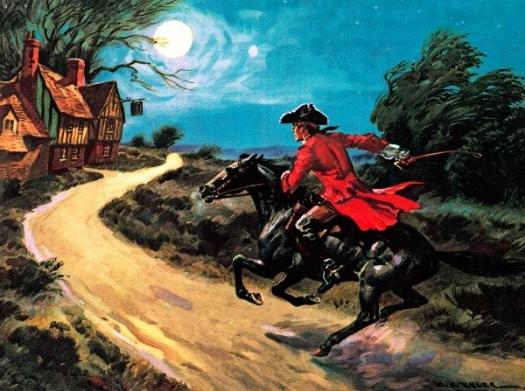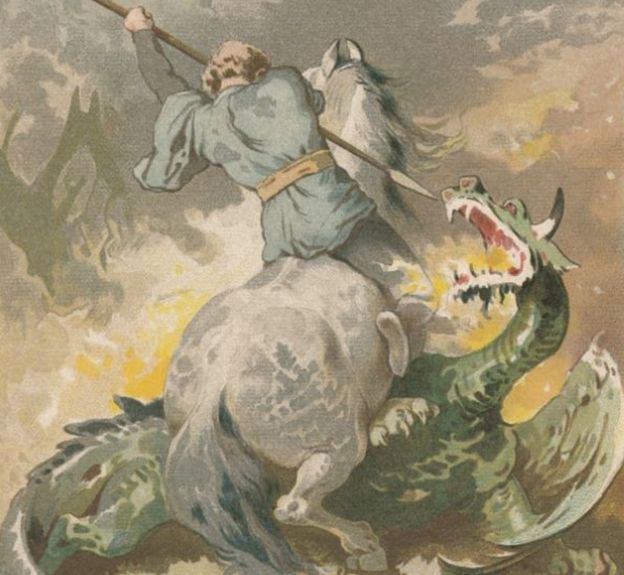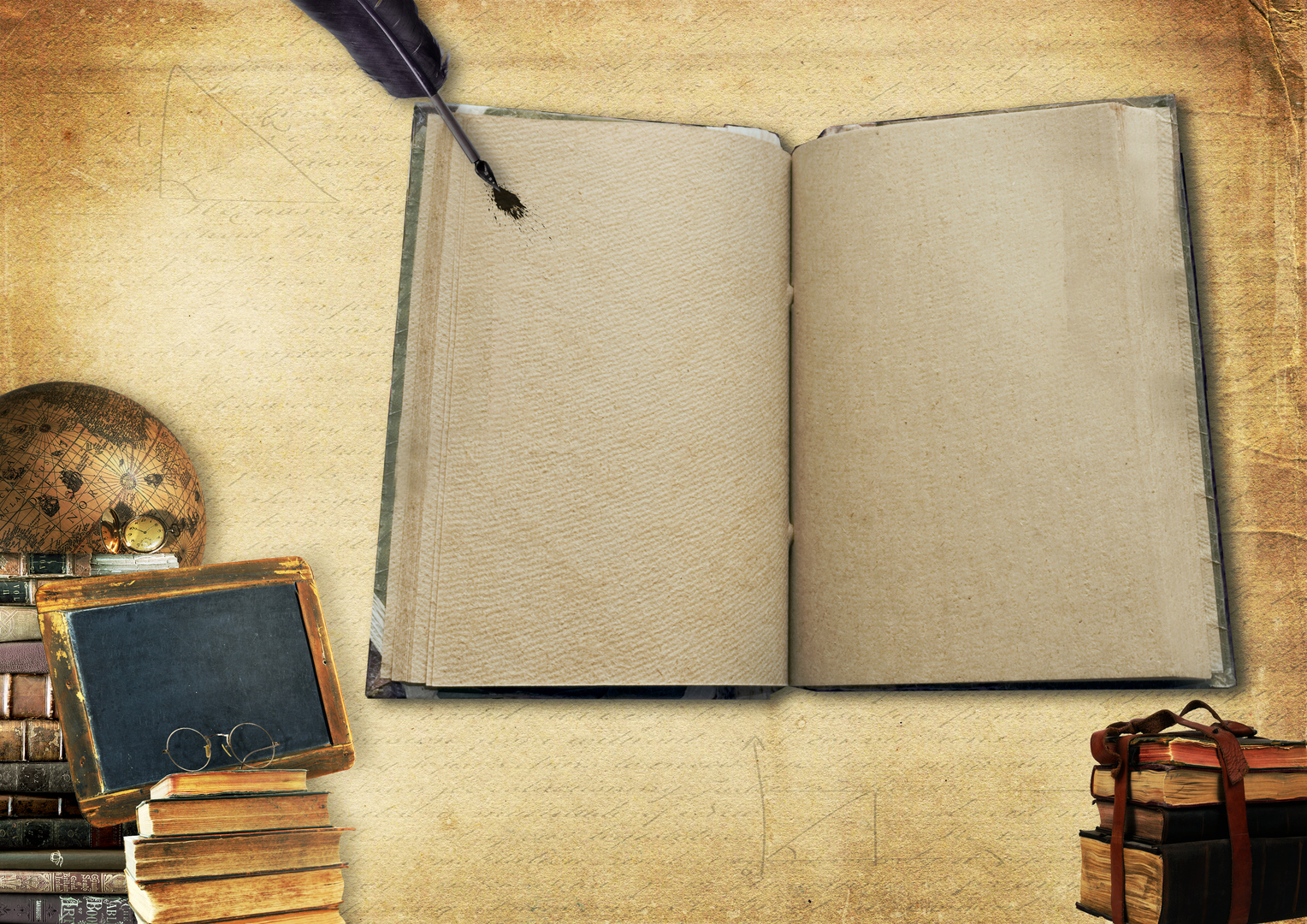Talk for Writing consultant Jamie Thomas explains how a model text can be used to help pupils explore character through levels of formality and perspective. Below is the model text, teaching notes and worked examples.
Clock Close
TfW Trainer Dean Thompson has put together a brand new model text – a portal story which links to both history and geography. “There were no clocks in Clock Close…”
The Unusual House
In the summer 2016 newsletter we ran a competition looking for stories of no more than 400 words that could be used as a model text for Talk for Writing. We received a number of entries, four of which stood out as prize winners. This one is The Unusual House by Jackie Livermore. Suitable for a Year 4 class.
The swallow and the wasp
This model text is a story called ‘The swallow and the wasp’ or ‘Why wasps can only whine’. Its underpinning storyline lends itself to creative innovation.
Sightings of dragons
Pie Corbett outlines a work unit which includes diary entries, persuasive writing, shared writing, boxing up a recount and features four model texts. IMAGE: Alexander Zick (published 1899) [Public domain], via Wikimedia Commons
The Manor House
Talk for Writing trainer Jo Pearce explains how a model text can be used to help pupils become effective writers of suspense stories. Download the model text here, along with teaching notes and worked examples.
Writing and text mapping your own model text
Talk for Writing consultant Kathryn Pennington explains how and why she writes and maps her own model text: “Having a model text is vitally important in the writing process…You need a clear example of what good looks like and that’s where the model text comes in.
Little Vixen Street
A suspenseful model text by Talk for Writing Expert Dean Thompson, with accompanying teaching notes explaining how the text might be utilised to develop a unit of work: “Anthropomorphising the cunning or wily fox is a very popular idea in many stories”











